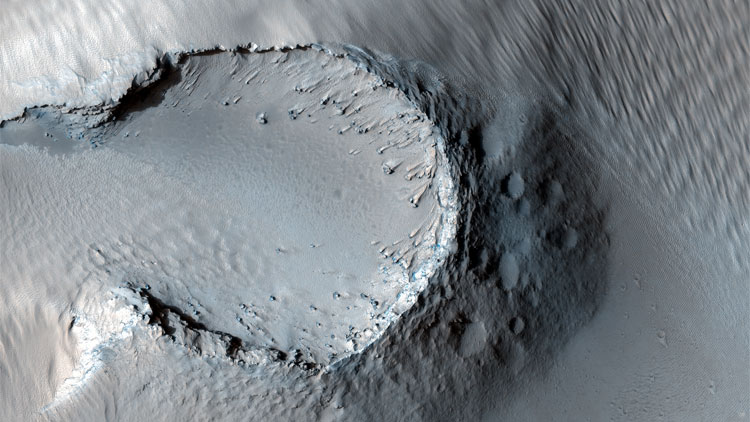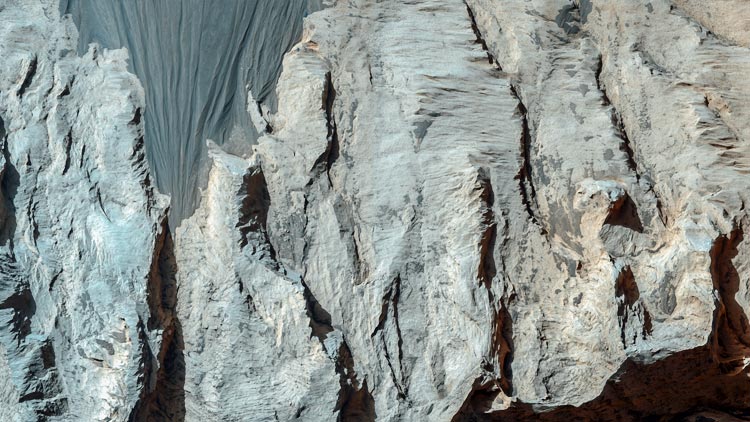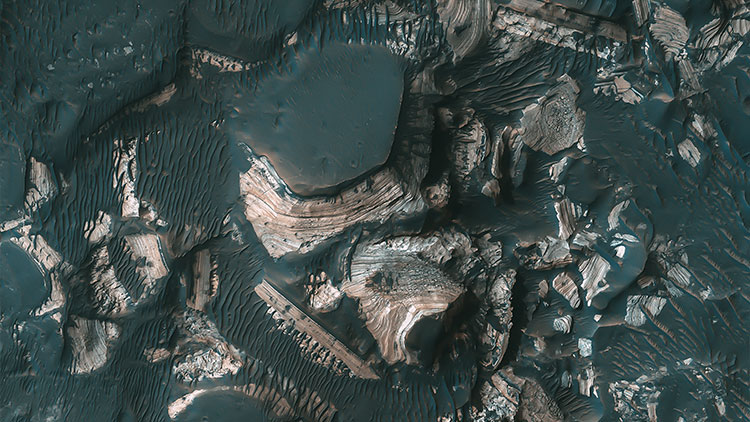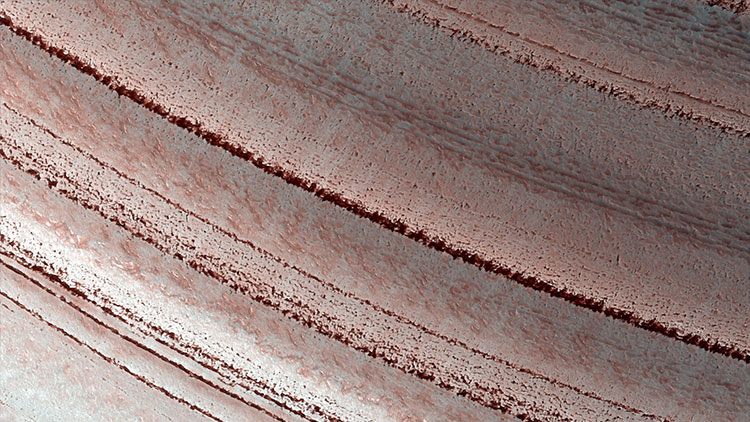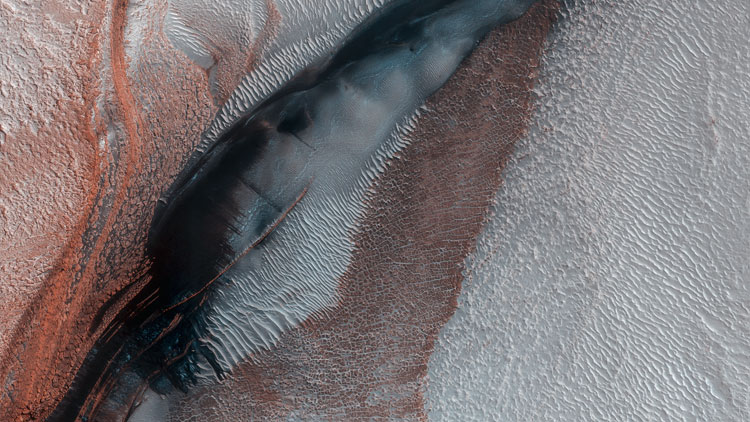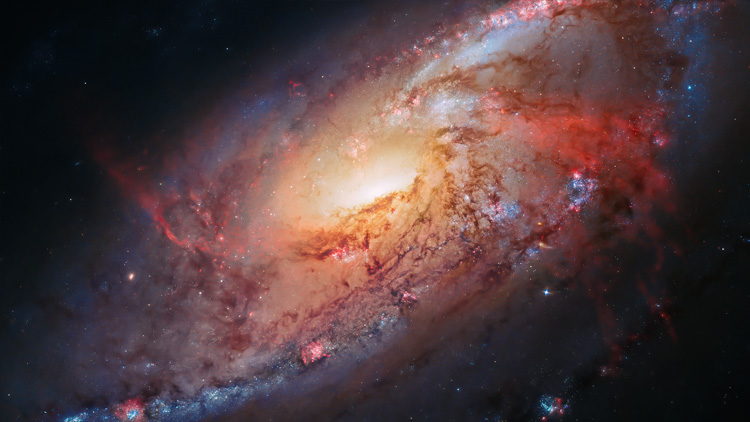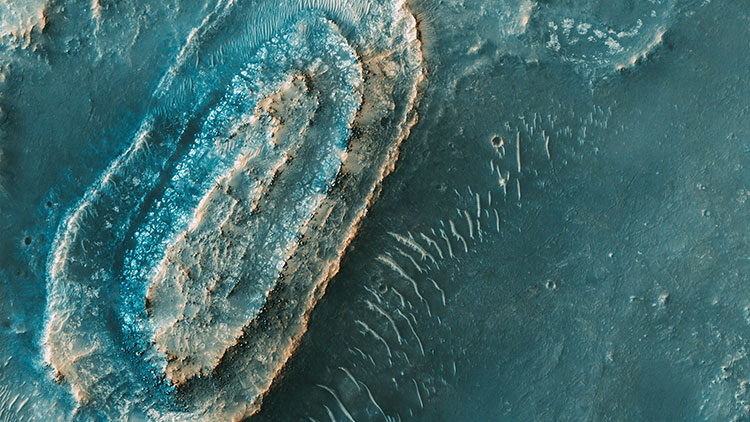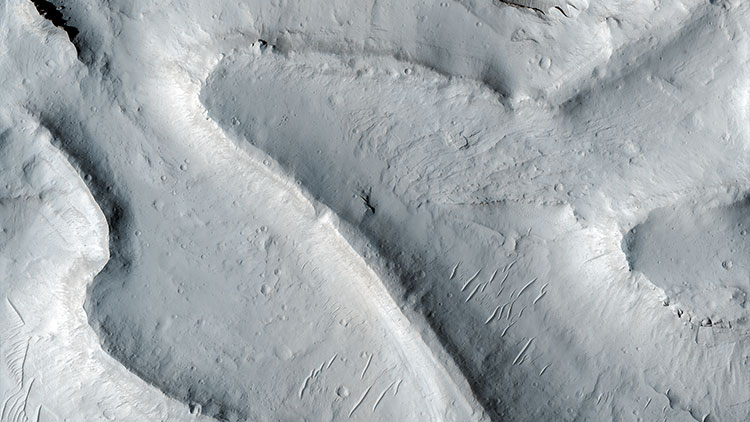#24 deep space
Star birth in the extreme.
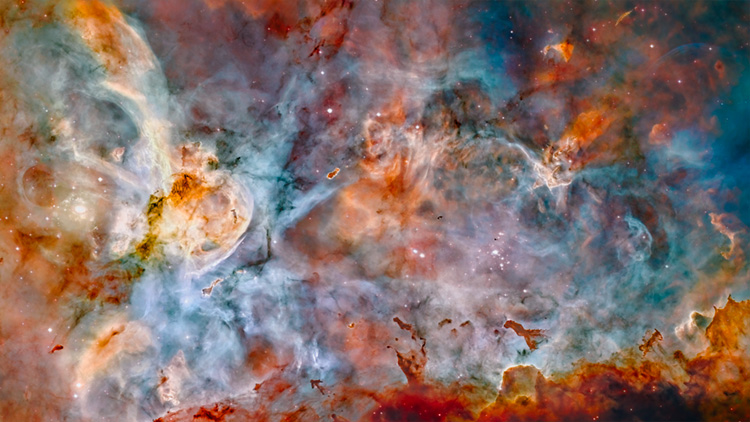
Hubble's view of the Carina Nebula shows star birth in a new level of detail. The fantasy-like landscape of the nebula is sculpted by the action of outflowing winds and scorching ultraviolet radiation from the monster stars that inhabit this inferno. In the process, these stars are shredding the surrounding material that is the last vestige of the giant cloud from which the stars were born.
This image is a mosaic of the Carina Nebula assembled from 48 frames taken with Hubble Space Telescope's Advanced Camera for Surveys. The Hubble images were taken in the light of ionized hydrogen. Colour information was added with data taken at the Cerro Tololo Inter-American Observatory in Chile. Red corresponds to sulfur, green to hydrogen, and blue to oxygen emission.
The Carina Nebula (also known as the Great Nebula in Carina, the Eta Carinae Nebula, NGC 3372, as well as the Grand Nebula) is a large bright nebula that has within its boundaries several related open clusters of stars. It contains the two large OB associations Carina OB1 and Carina OB2. Carina OB1 contains the two star clusters Trumpler 14 and Trumpler 16.
Trumpler 14 is one of the youngest known star clusters, at half a million years old. Trumpler 16 is the home of WR 25, currently the most luminous star known in our Milky Way galaxy, together with the less luminous but more massive and famous Eta Carinae star system, and HD 93129A. The nebula lies at an estimated distance between 6,500 and 10,000 light years from Earth. It appears in the constellation of Carina, and is located in the Carina–Sagittarius Arm. The nebula contains multiple O-type stars.
The nebula is one of the largest diffuse nebulae in our skies. Although it is some four times as large and even brighter than the famous Orion Nebula, the Carina Nebula is much less well known, due to its location in the southern sky. It was discovered by Nicolas Louis de Lacaille in 1751–52 from the Cape of Good Hope.
Credit: NASA, ESA, N. Smith (University of California, Berkeley), and The Hubble Heritage Team (STScI/AURA)
